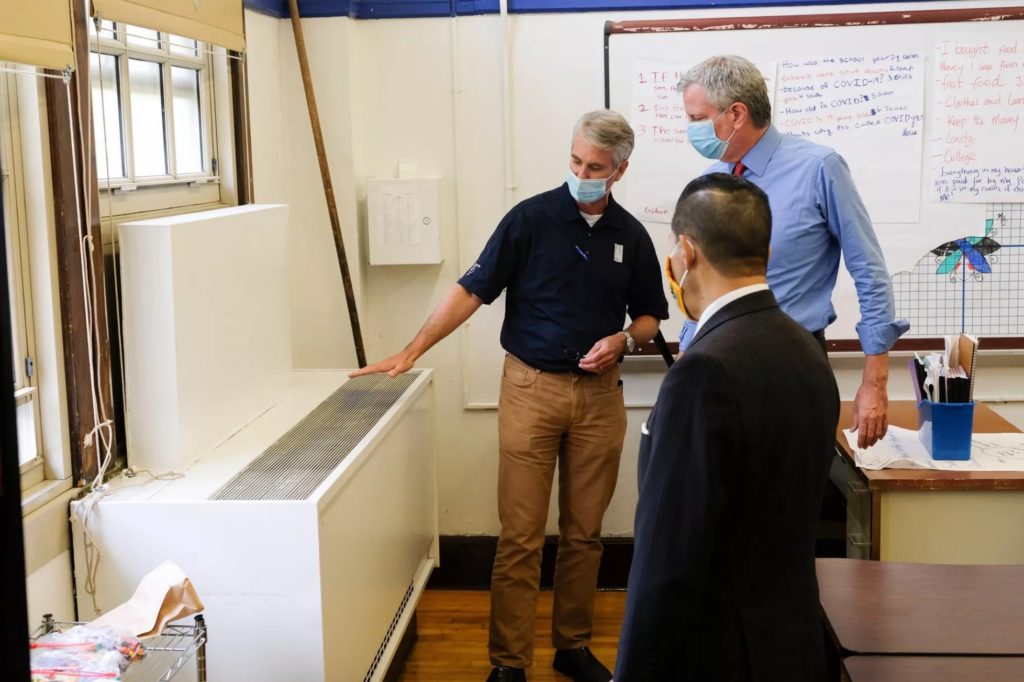Seeking safer classrooms, NYC teachers are crowdfunding for air purifiers

This story was originally published by Chalkbeat, a nonprofit news organization covering public education. Sign up for their newsletters here.
Education department officials say they’ve purchased 30,000 HEPA purifiers, and have already distributed half of those to school buildings. But hundreds of school staffers are filling in the gaps on their own.
In New York City, crowdfunding efforts through DonorsChoose have brought in $159,000 for air purifiers, according to a spokesperson for the platform that connects teachers in high needs areas to donors. These roughly 360 micro-funding campaigns point to deep distrust of a school system long plagued by ventilation problems as well as the burden on teachers to fund classroom needs out-of-pocket. (Some of the requests also included extra filters, more PPE, and art supplies.)

Brooklyn Boro
View MoreNew York City’s most populous borough, Brooklyn, is home to nearly 2.6 million residents. If Brooklyn were an independent city it would be the fourth largest city in the United States. While Brooklyn has become the epitome of ‘cool and hip’ in recent years, for those that were born here, raised families here and improved communities over the years, Brooklyn has never been ‘uncool’.